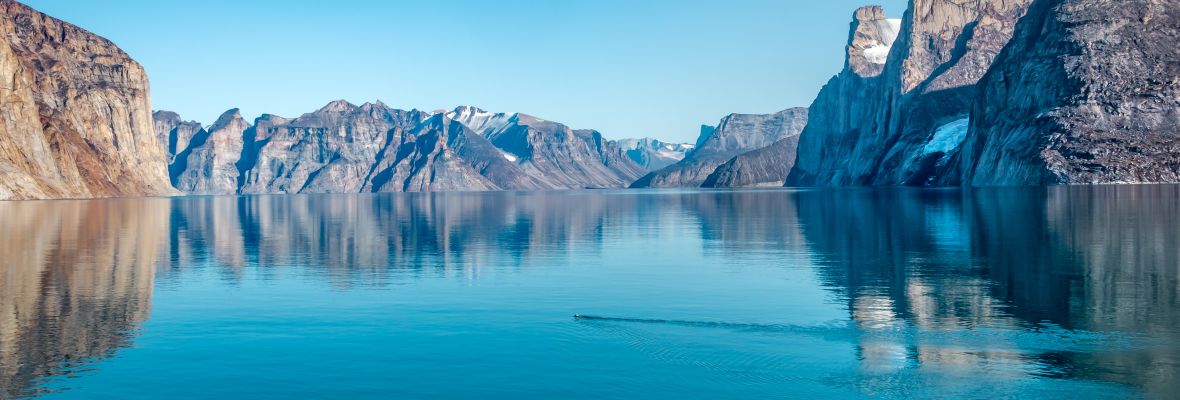Exciting changes are on the way!
As part of our merger with Polar Latitudes, we’re refreshing key elements of our website to reflect this new chapter. Discover more in our latest news update.
Canada experiences a polar climate, with long, cold winters and short, cool summers. The polar night and midnight sun are key features of life in the Arctic, with months of continuous darkness followed by 24-hour daylight in the summer.
The climate of Arctic Canada is characterized by extreme cold, long winters, and short, cool summers. This region, located well within the Arctic Circle, experiences a polar climate, where temperatures can drop to -40°C in the winter and only reach a maximum of 10°C in the brief summer months. The region’s climate is heavily influenced by its proximity to the North Pole, with conditions becoming harsher the further north you go.
Precipitation in Arctic Canada is generally low, with much of it falling as snow. Coastal areas, such as those around the Arctic Archipelago, tend to receive more precipitation than inland regions, but overall, the region is classified as a polar desert due to its dry conditions. Travelers should be prepared for cold temperatures year-round and should pack accordingly to handle the extreme weather.
| month | Day Temp (°C) | Night Temp (°C) | Precipitation (mm) |
|---|---|---|---|
| Jan | -32 | -38 | 15 |
| Feb | -30 | -36 | 12 |
| Mar | -25 | -30 | 10 |
| Apr | -15 | -20 | 8 |
| May | -6 | -10 | 10 |
| Jun | 2 | -2 | 15 |
| Jul | 8 | 4 | 20 |
| Aug | 7 | 3 | 18 |
| Sep | 2 | -2 | 15 |
| Oct | -10 | -15 | 12 |
| Nov | -20 | -25 | 10 |
| Dec | -28 | -35 | 10 |
Facts about Climate of Arctic Canada
- Arctic
- Canada



